The Uncanny Sisterhood of Deccan’s Languages
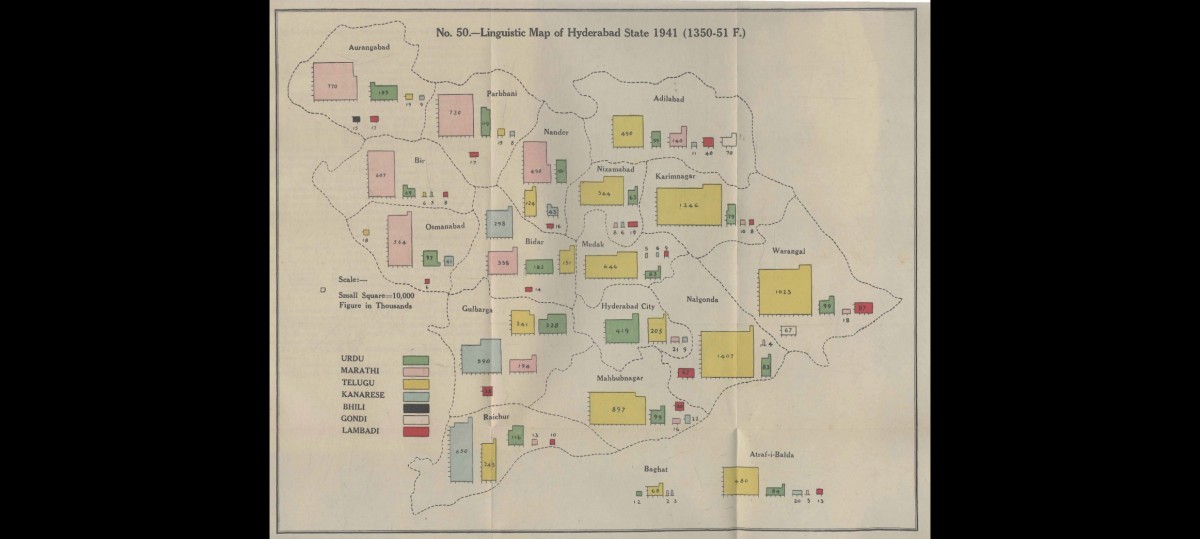
‘Pora khaalli? (Have the children eaten?)’
These are two utterances in Marathi spoken in Osmanabad and Solapur districts. But a speaker of Marathi from the central or western parts of Maharashtra may be perplexed at what is being asked of them. Is ‘Kaa karlaalaav’ the same as their ‘kaay karu laagla aahes’, they may wonder. Hearing the words ‘Pora khaalli?’ may leave them shocked that they are being asked whether the children have been eaten!
Such hilarious misunderstandings are possible because Marathi in south-eastern Maharashtra differs from other regions of the state, although all varieties have been shepherded together under the linguistic state of Maharashtra and a broad category called the Marathi language. Such unifying tendencies not only subsume differences within the linguistic state and within a language but also mask similarities between different languages spoken across state boundaries.
For instance, speakers of southeastern Marathi and Dakkhini (a version of sorts of Hindi and Urdu spoken in Deccan) may actually recognise each other’s sentences much more than a speaker of standardised Marathi would recognisse south-eastern Marathi or a speaker of standardised Hindi would recognise Dakkhini. Let’s look at this example:
| Marathi | Southern Marathi | Hindi | Meaning |
| to aalaa | tyaana aalaa | uno aayaa | He came |
| ti aali | tina aali | uno aayi | She came |
South-eastern Marathi’s Tyaana aalaa, tina aali may sound odd to the ears of Marathi speakers in the central and western parts of the state. But they would definitely ring a bell of familiarity for a Dakkhini speaker who will say uno aayaa or uno aayi. Standardised Hindi/Urdu speakers would simply say woh.
Let’s add another layer of complexity. In a situation where you want to say the children ate mangoes, in standardised Hindi/Urdu it would be Bacchon-ne aam khaye. In Dakkhini, it would be Bacche aam khaaye. Now, this is more like standardised Telugu or Kannada, where the verb tells us invariably about the doer of the action. In Telugu, this would be Pillalu maammidikaya tinnaaru and in Kannada Makkalu maavinahannu tindru. Dakkhini, Telugu, Kannada and south-eastern Marathi inhabit the universe of Dravidian languages by virtue of such similarities in sentence constructions.
Let’s recap what we have said till now: there are differences between south-eastern Marathi and standardised Marathi; there are similarities between Dakkhini and south-eastern Marathi; there are differences between Dakkhini and Urdu, and there are similarities between Dakkhini and standardised Telugu and Kannada.
Thick relationships between languages
Would it be then fair to say that languages on border areas sound a lot like the languages of the neighbouring states? It is commonly said, for instance, that north-eastern Kannada is like Marathi or south-eastern Marathi is like Kannada. This, however, isn’t fully accurate and reflects the assumptions of speakers of standardised varieties.
To return to the example of south-eastern Marathi’s kaa karlaalav to ask ‘what one is doing’, we know this does not exist in standardised Kannada which says Yen maadtidiri, nor does it exist in standardised Marathi which says kaay kartaay.
| SE Marathi | NE Kannada | Std. Marathi | Std. Kannada | |
| Expression | kaa karlaalav | Yen maadlikattiri | Kaay kartaay | Yen maadtidiri |
| Meaning | What are you doing? | |||
But it does exist in north-eastern Kannada’s Yen maadlikattiri whose bits are equivalent to south eastern Marathi usage. What are these bits? The bits are called morphs – the grammatical building blocks – which make up the words. If you see the breakup shown in the table below, we can clearly see how SE Marathi and NE Kannada follow the same logical patterning of the word-forms and even the functions i.e. what they mean.
| Std. Marathi | Kaay karu laaglaa aahat |
| Std. Kannada | Yen maadliki hattiri |
| Break up | What to do begun are you |
| Meaning | What have you started doing? |
| SE Marathi | Kaa karlaalav |
| NE Kannada | Yen maadlikattiri |
| Meaning | What are you doing? |
In standardised Kannada and Marathi, maadaliki and karu mean ‘to do’ and hattiri and laaglaa aahaat mean ‘have you started doing’. However, in southeastern Marathi (karlaalaav) and northeastern Kannada (maadlikattiri), these forms have contracted i.e. they have come together to mean ‘what are you doing’. In this and many other respects, such as intonation patterns and alveolar speech sounds, south-eastern Marathi and north-eastern Kannada are more thickly related to each other than they are to their so-called respective standardised varieties. It is in this sense that these varieties are a world in themselves. They share their own ‘standard’, a logic of stringing words and their bits together which binds them together. The grammatical and linguistic cohesion of this kind, in fact, shows how Deccan is a culturally cohesive area, though it may have been politically fractured and reconstituted.
The cultural cohesiveness of the Deccan
The thick relationship between the languages of the Deccan, instances of which I have provided here, point to the rich and dense connections that continue to persist among peoples and communities in the larger Deccan. For sociologists and anthropologists, the many instances of customs and rituals, intermarrying (roti-beti relations, as they say in Deccan), folklores, food, ethos etc. are glimpses into the many worlds of the Deccan. My entry-point into this is through language, for languages cannot and should not be thought of in isolation. They too tell us the story of the people of a region.
Part of these convergences across languages of the Deccan can be attributed to the density of people-to-people connections in the Deccan. Until 1956, south-eastern Maharashtra, north-eastern Karnataka and Telangana constituted the Hyderabad-Deccan state and the three major languages of Marathi, Kannada and Telugu lived a culturally syncretic life here, as these languages still do.
The multifarious and long-standing connections between people have meant that these languages have developed independent features, and constitute a micro-area. When individuals speaking different varieties of languages come together, say through marriage, languages undergo changes, their progeny pick bits and pieces from both varieties. Over subsequent generations, such mingling of language varieties creates so many layers that they are very different from the original parental lineage. In the process, new ways of speaking languages are acquired, transmitted and flourished. When you travel in the Deccan region, suspending for a moment the knowledge of state borders, it is difficult to say at what point a language ends and another begins. These micro-areas are thus crucibles where varieties of languages have merged in such a way as though they are a world in themselves making up a region of true syncretism.
Rethinking linguistic hierarchies
Of course, this is true not only of Deccan but more or less of the subcontinent. The Deccan, though, stands out for it being a melting pot of two language families: Indo-Aryan and Dravidian. The melting pot is so vibrant that it often compels us to reconsider the conventional methodology of classifying languages into families and our understanding of what is a language family. In other words, these vast instances of convergence we get to see across the subcontinent make us reconsider the narrowness of our theoretical categories, for they do not resonate with the empirical voices on the ground.
Notions like language family and standard language belong to a regime which tries to discipline and regiment a people. Despite the Indian Constitution guaranteeing equality before law and non-discrimination on the basis of language, linguistic discrimination exists today not only across languages but also within varieties of a language. The language of the high and mighty looks down on the speech of the commoners.
The foregoing may seem like a debate of interest only to linguists. But it has social and political implications. The idea of a standard language is inherently authoritarian and discriminatory. It sets up boundaries and hierarchies. This then is a plea to refashion the idea of language to be inclusive of living heritage. Hierarchies must give way for linguistic varieties to coexist with equal dignity and prestige. Boundaries must make way to zones that merge and overlap.
Even as we must insist on asking what erasures and violence made the linguistic reorganisation of states possible, the uncanny sisterhood among Deccan’s languages offer us ways to reimagine politics of languages and linguistic states towards syncretic futures.
This article was first published in The Wire as a part of the Many Worlds of the Deccan.
Related Articles
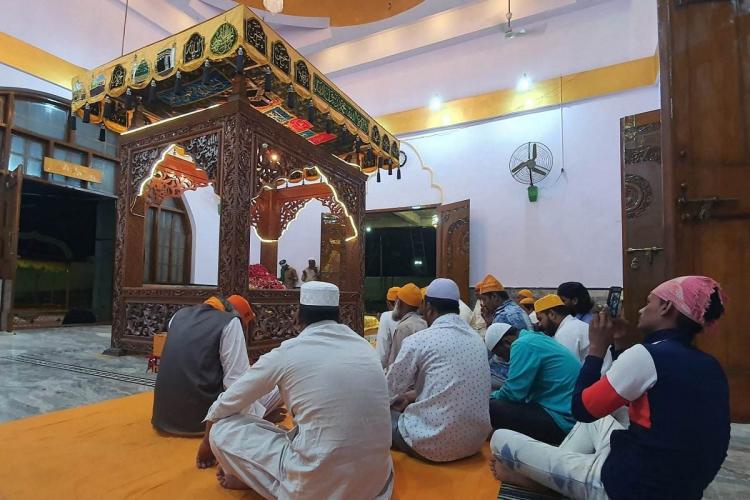
How the Dakhni language defines cultural intimacy and regional belonging
In mid-2019, I embarked on a month-long language homestay program in Jaipur to train myself in spoken and written Hindi. After which, I confidently journeyed to Hyderabad to commence my fieldwork for my PhD dissertation in anthropology. To my dismay, I found it...
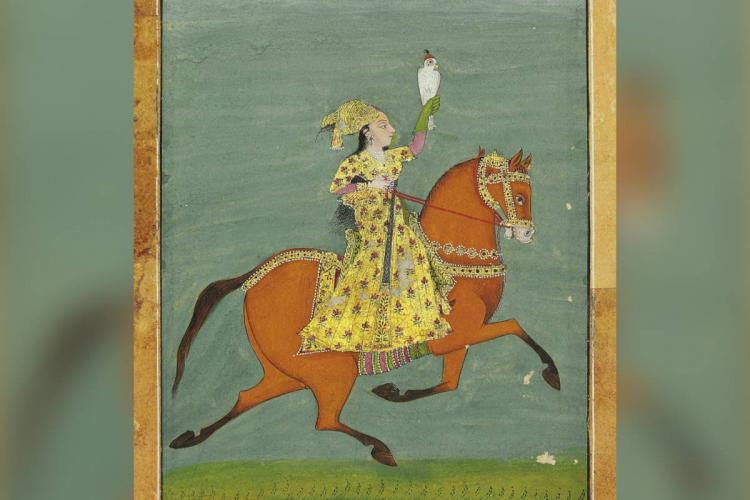
Chand Bibi, a queen from the multi-ethnic medieval Deccan
Where in the historical record and in historical consciousness does Chand Bibi (1550-1600) – the queen regent of Bijapur and Ahmadnagar – belong? Chand Bibi Sultan is well-known in India for valiantly defending her natal kingdom of Ahmadnagar in 1595, from the most...
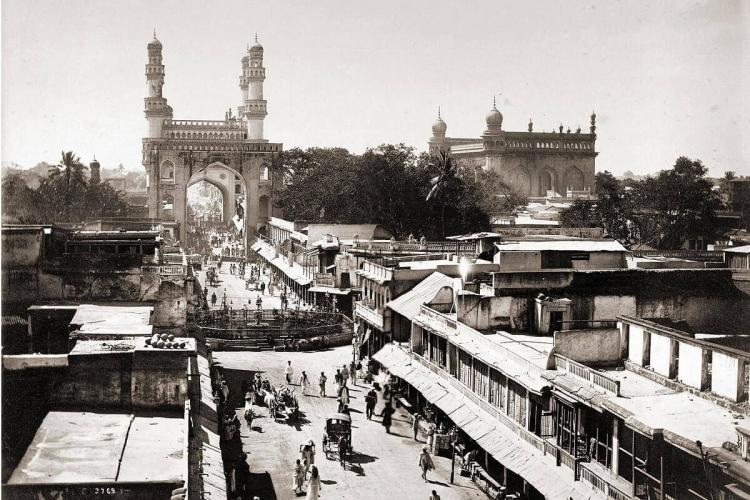
Becoming a Deccani artist: Tracing the history of Hyderabad’s School of Art and Crafts
In the 1930s and 40s, debates on education across India focused on designing job and industry-oriented technical and vocational training. Against this backdrop, Hyderabad nurtured a second focus — that of preserving and promoting its artistic heritage from ancient...
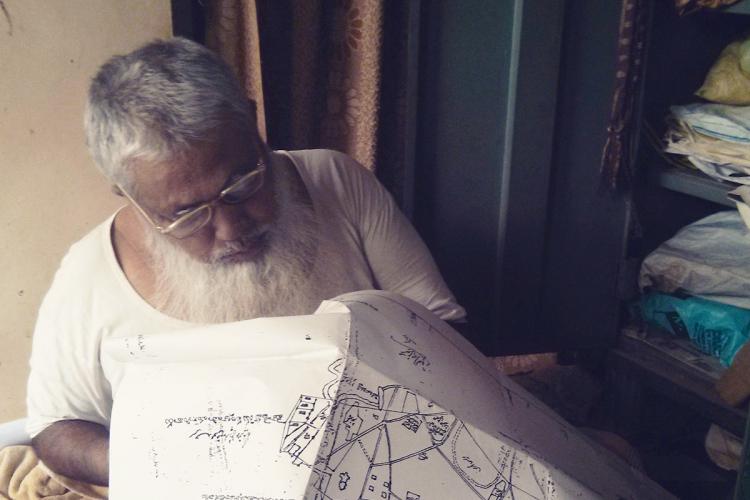
Search for the past: Stories from the dusty archives of the Deccan
As I sifted through some administrative reports of the Asaf Jahi state at the Telangana State Archives in Hyderabad, the archivist/official, a very patient man, sat there trying to match the details written on a small piece of white paper with the endless lists from a...

What the Hyderabad-Deccan region teaches us about belonging
During fieldwork for my PhD on Hyderabad-Karnataka in the year 2017, I was interviewing women migrants from the region living in Bengaluru and working as construction labour, about their experience of migration. The region is one of the most neglected parts of...
